Nice try, but rural areas aren't that stupid. DOE has absolutely no authority whatsoever to plan renewable energy "zones" or new transmission lines. It seemed they thought they did last year, until they were challenged and came up empty handed. No authority. Not happening.
But they're not giving up. They continue to waste our money on idiotic "reports" that do absolutely nothing. This time, they claim that their work is "helpful" to states who may want to use this nonsense to plan for their own energy needs. Sorry... the states don't need your help anymore that the transmission planning authorities do. Nobody needs help from a bunch of babies that are too stupid and partisan to accept reality.
This study is a preliminary analysis to help state decision makers determine whether to pursue more detailed analyses of IREZ corridors that are relevant to them. This report could not fully account for all the case-specific details that would affect the configuration of a transmission project. Nevertheless, if a corridor examined in this study has a high benefit-to-cost ratio based only on energy cost savings, a follow-on study focusing on that corridor might expand the economic analysis to include local factors that we were not able to address here. A guiding premise behind the IREZ analysis is that states will ultimately take the lead in deciding whether to pursue IREZ development.
What states are those? Take a look at the grandiose "plan." (larger image available at the "report" link)
This study develops a model using renewable energy zones to address the new challenges of interregional transmission planning. An interregional renewable energy zone (IREZ) is an area comprising a very high concentration of very low-cost developable renewable energy potential. An IREZ hub is a collection point on the bulk power system to which renewable energy plants built in the IREZ can connect easily. The hub anchors an IREZ corridor that consists of a dedicated high-voltage transmission path from the IREZ hub to a major load center.
We have identified and quantified several high-value IREZ corridors that affected states might consider for interregional transmission planning. Our analysis suggests that these corridors can be valuable tools for reducing carbon emissions in a manner that uses known technologies, has relatively small net impact on customers’ electricity bills, improves resource adequacy, and provides the grid with an additional measure of resilience against major disruptions related to climate change and other causes.
And let's talk about that "using known technologies" thing. The only "technology" NREL considered here was wind and solar. That's it. News flash! We absolutely, positively, undeniably cannot reliably power the United States with only wind and solar. Putting their intermittency and unreliability aside, they are just too expensive at this scale. There's nothing in this report that adds up the cost of all those renewables in the "zones" and the cost of all the new transmission. I don't think they can count that high. Here's an idea! Why don't you take all the money you were hoping to spend on this wasteful plan and use it to build clean, renewable nuclear generation at all the red dot load centers? None of this transmission would be necessary, and that's a huge savings. I'm sure it would be cheaper, but DOE didn't compare any other resource plans to this biased brain fart.
And, before I end, let's examine one of the huge errors DOE made purporting "benefits" for the states:
Benefits could include assumptions about local tax receipts and indirect economic development effects in the IREZ state, payments to landowners for the acquisition of right-of-way (ROW) along the transmission path, net savings in energy costs for customers at the receiving end of the corridor, and enhanced resilience against extreme weather events.
DOE did a pretty poor job of trying to dredge up some reason why flyover states should willingly sacrifice themselves for the urban elite. It also completely overlooks that the "zones" may not want to be covered in wind turbines and solar panels and may outright refuse to sign leases or permit these projects to be built.
What a complete and utter waste of taxpayer money.
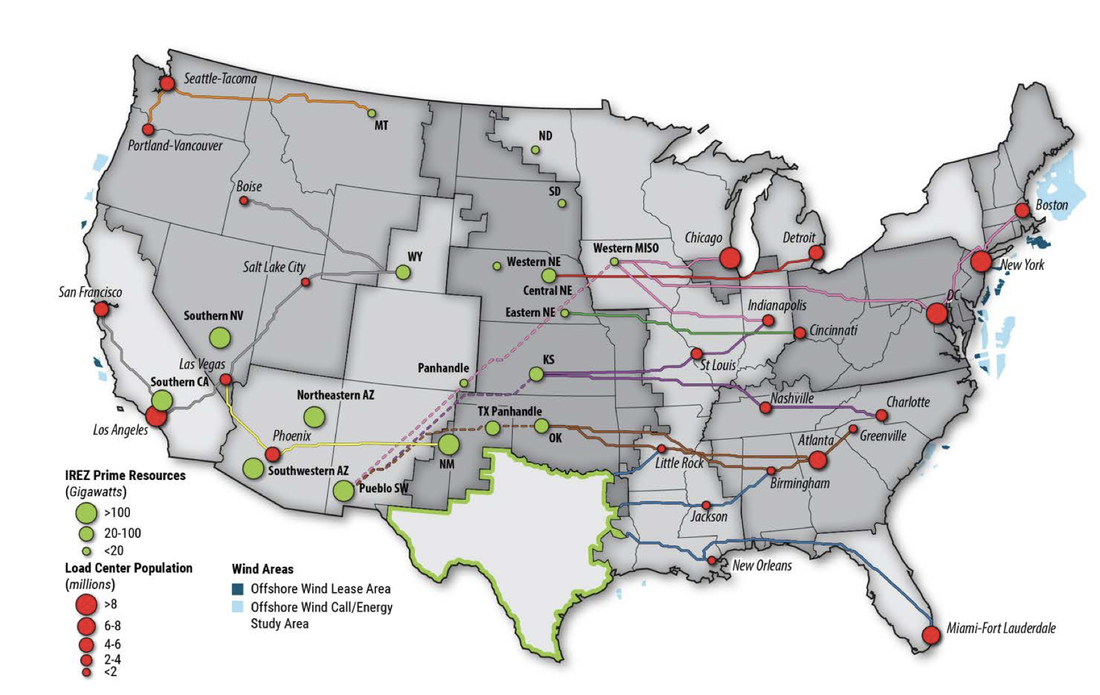
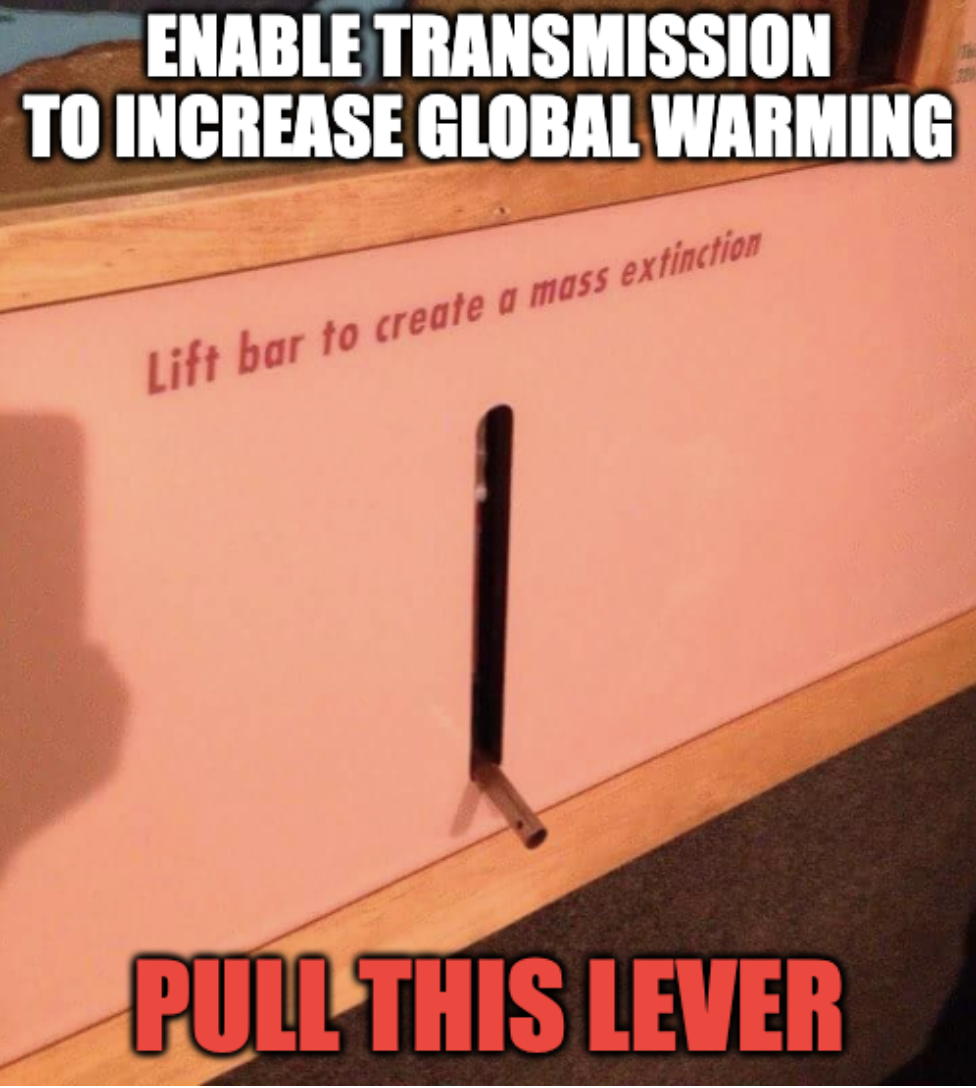
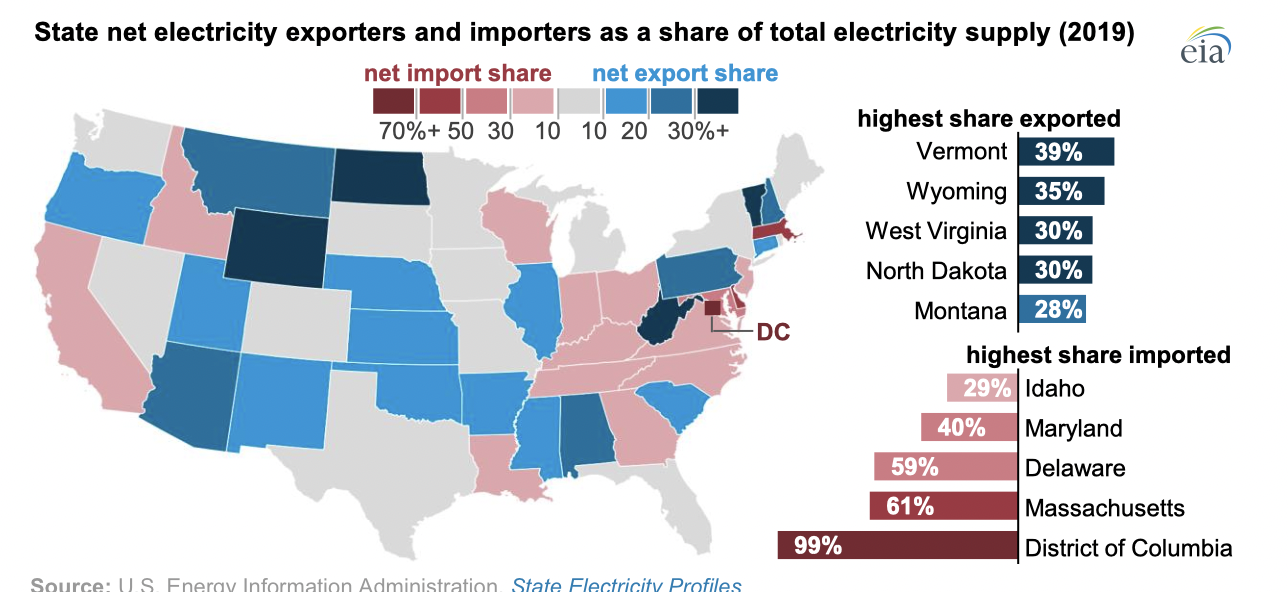


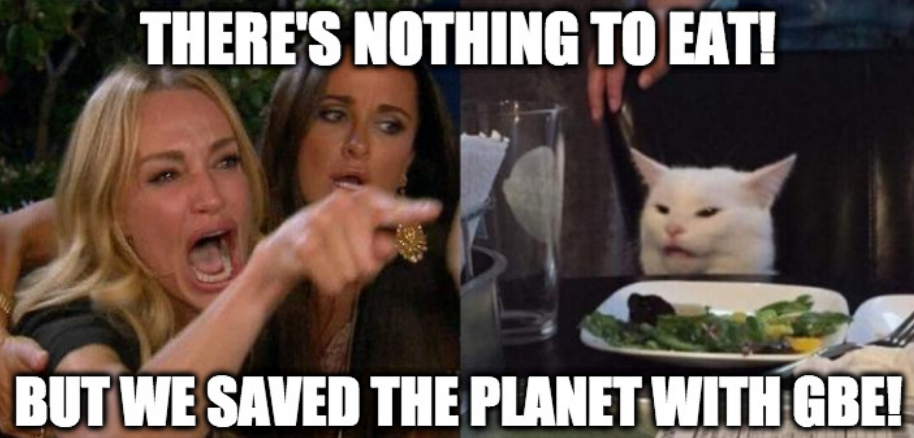
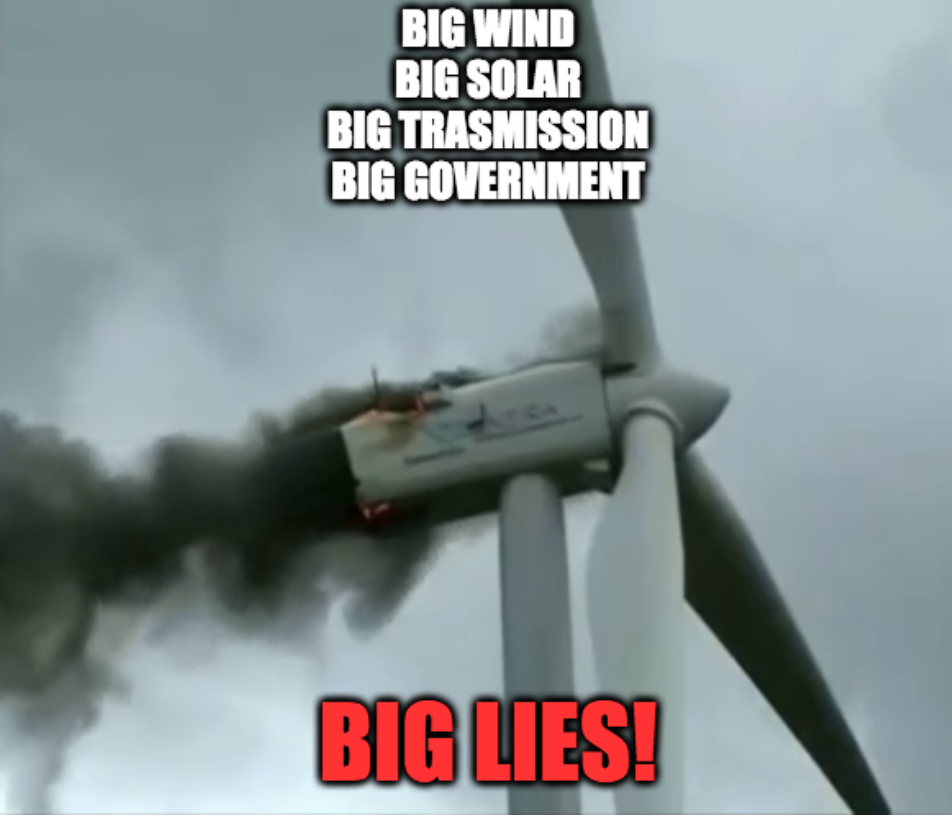
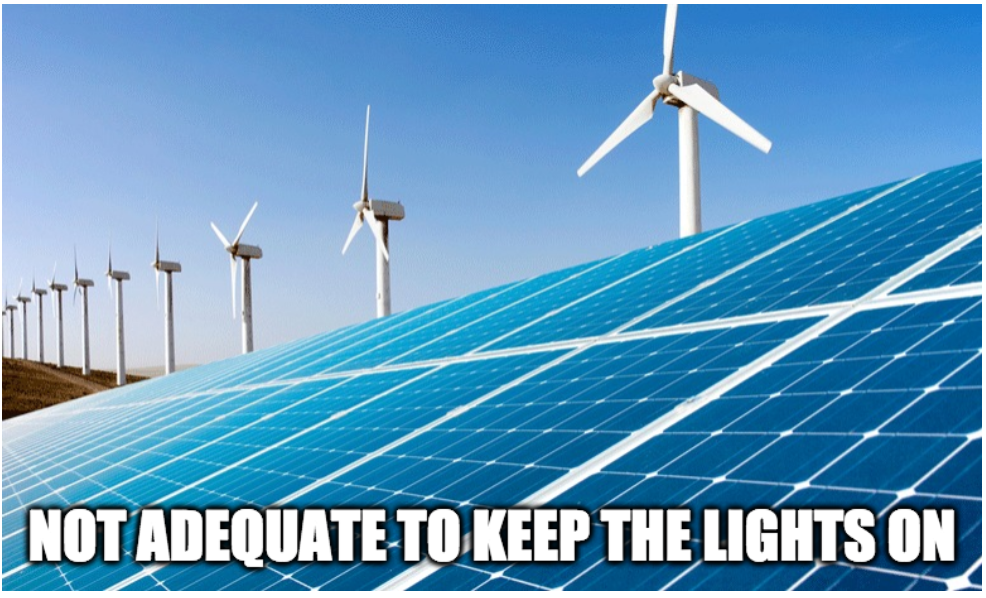

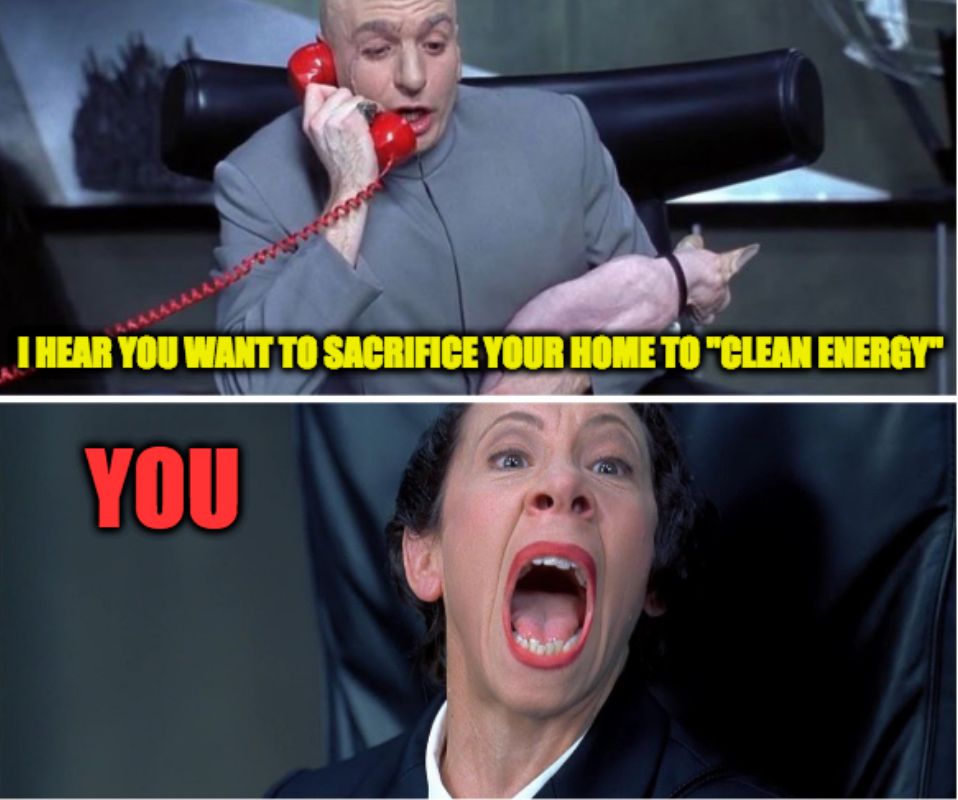
 RSS Feed
RSS Feed